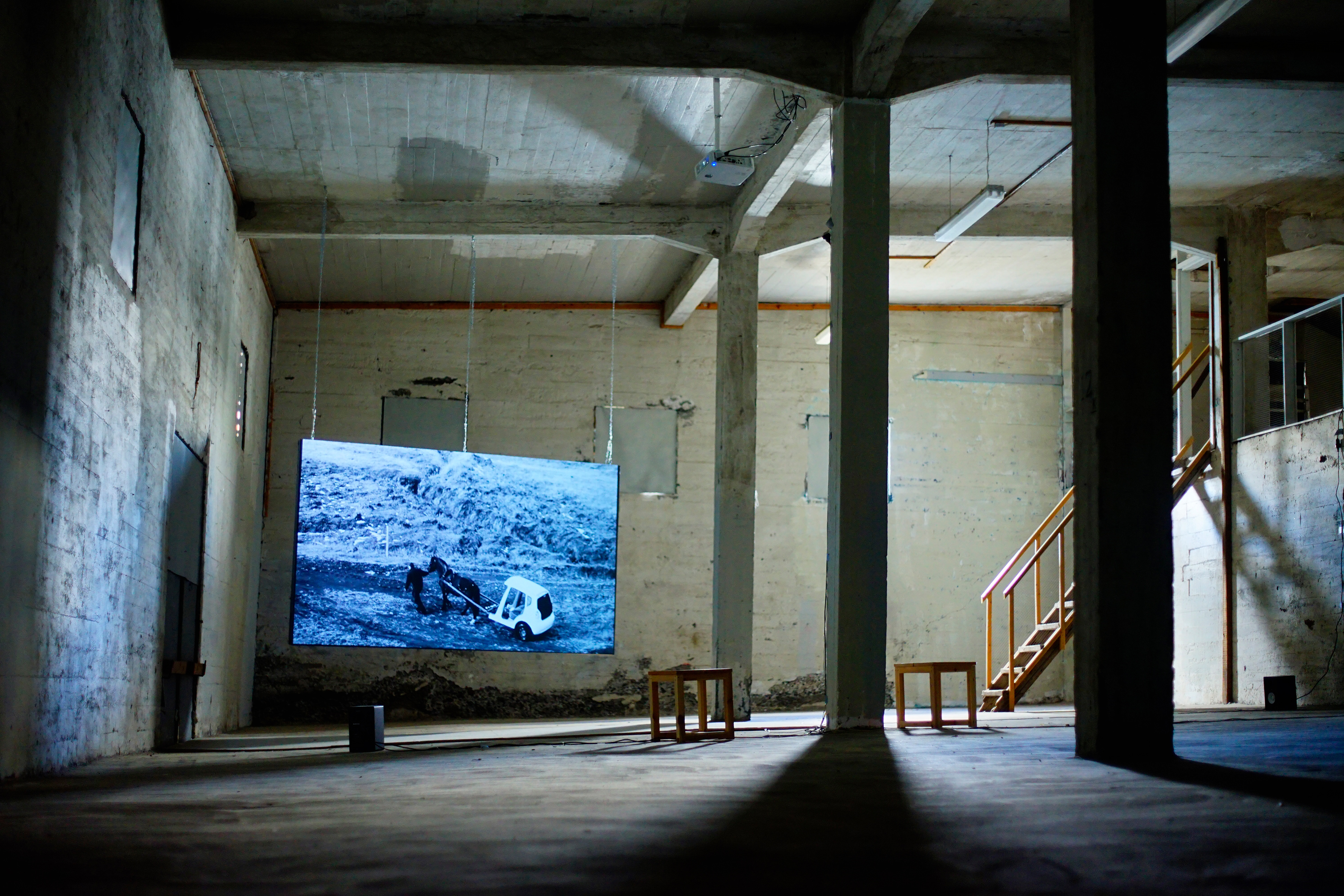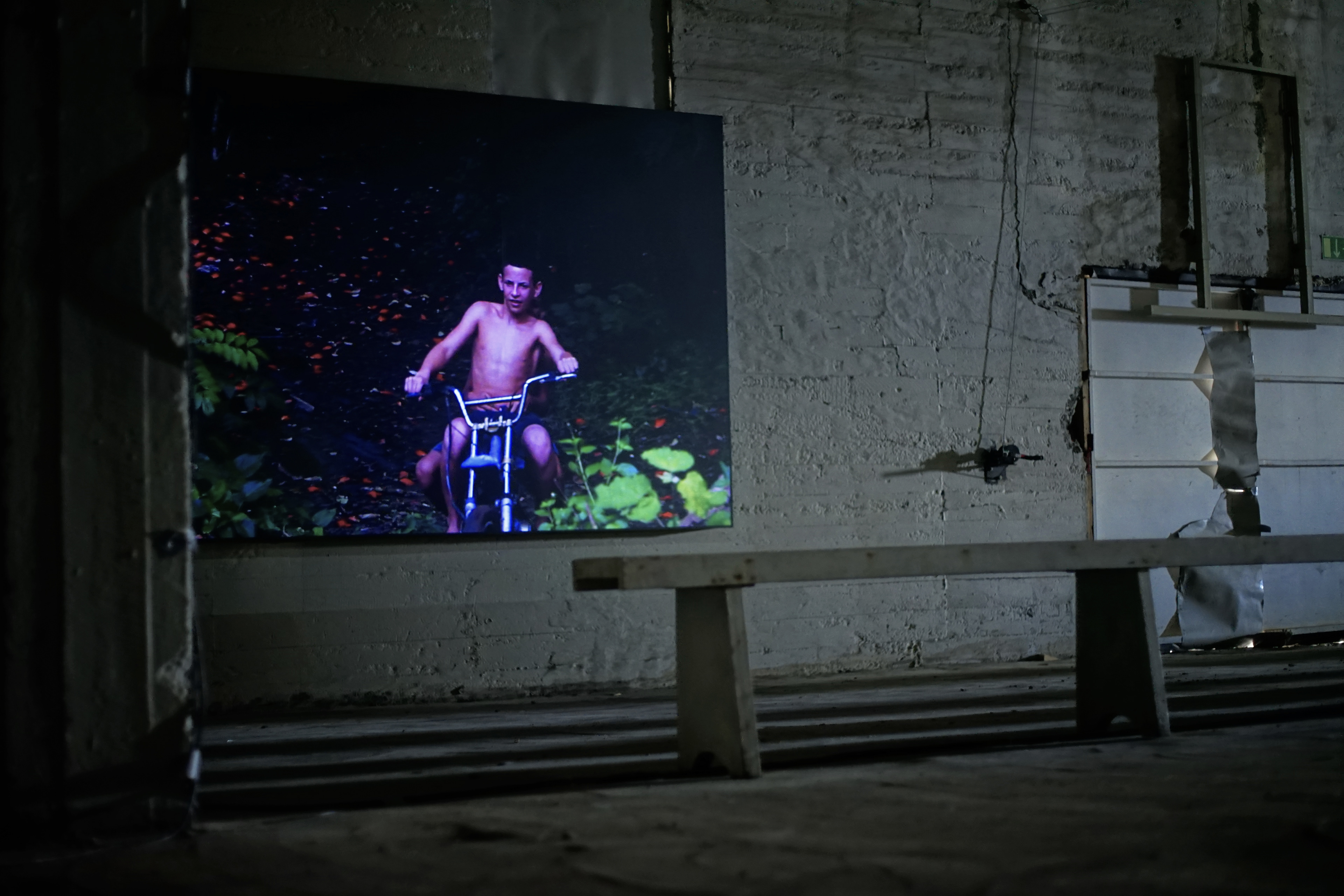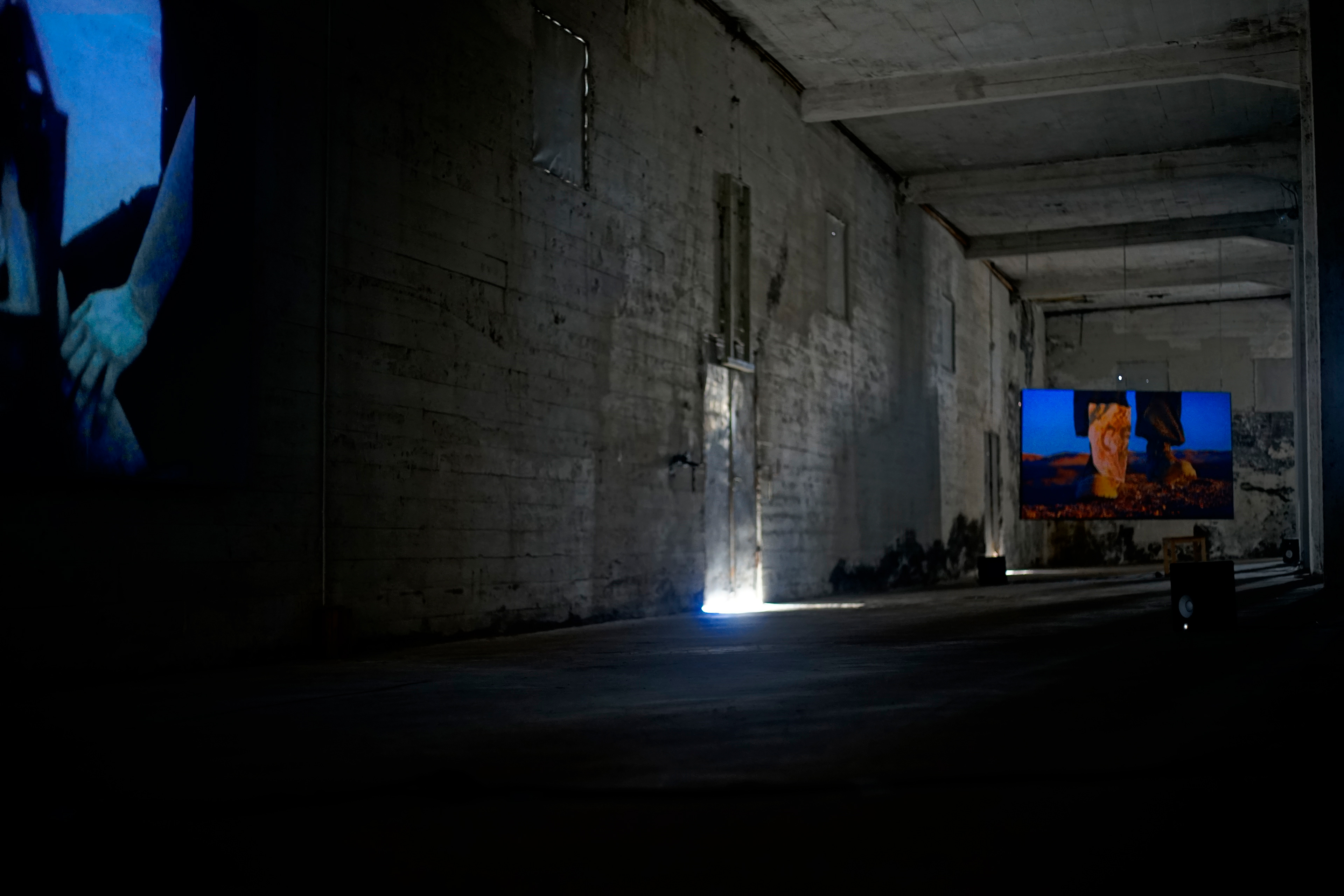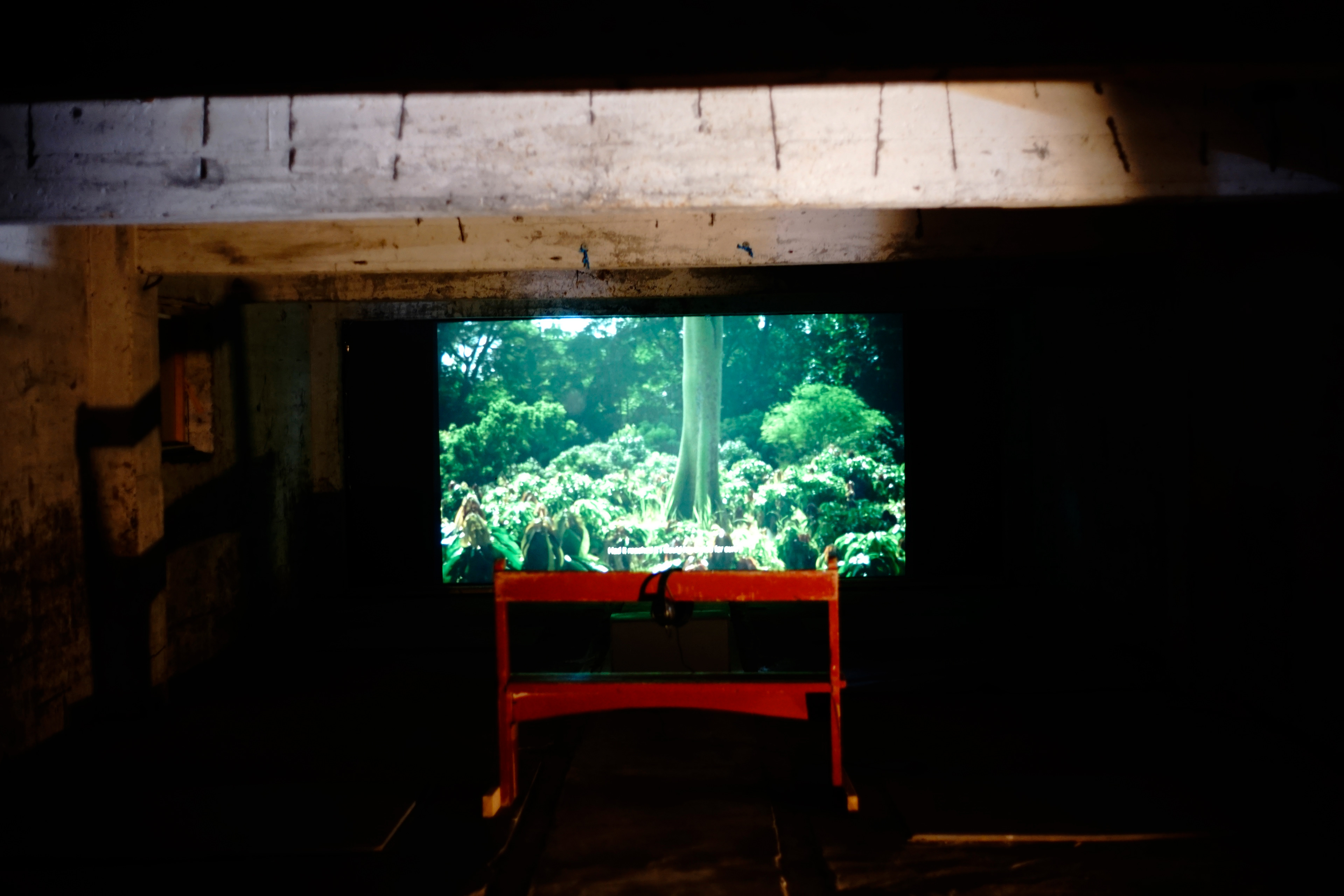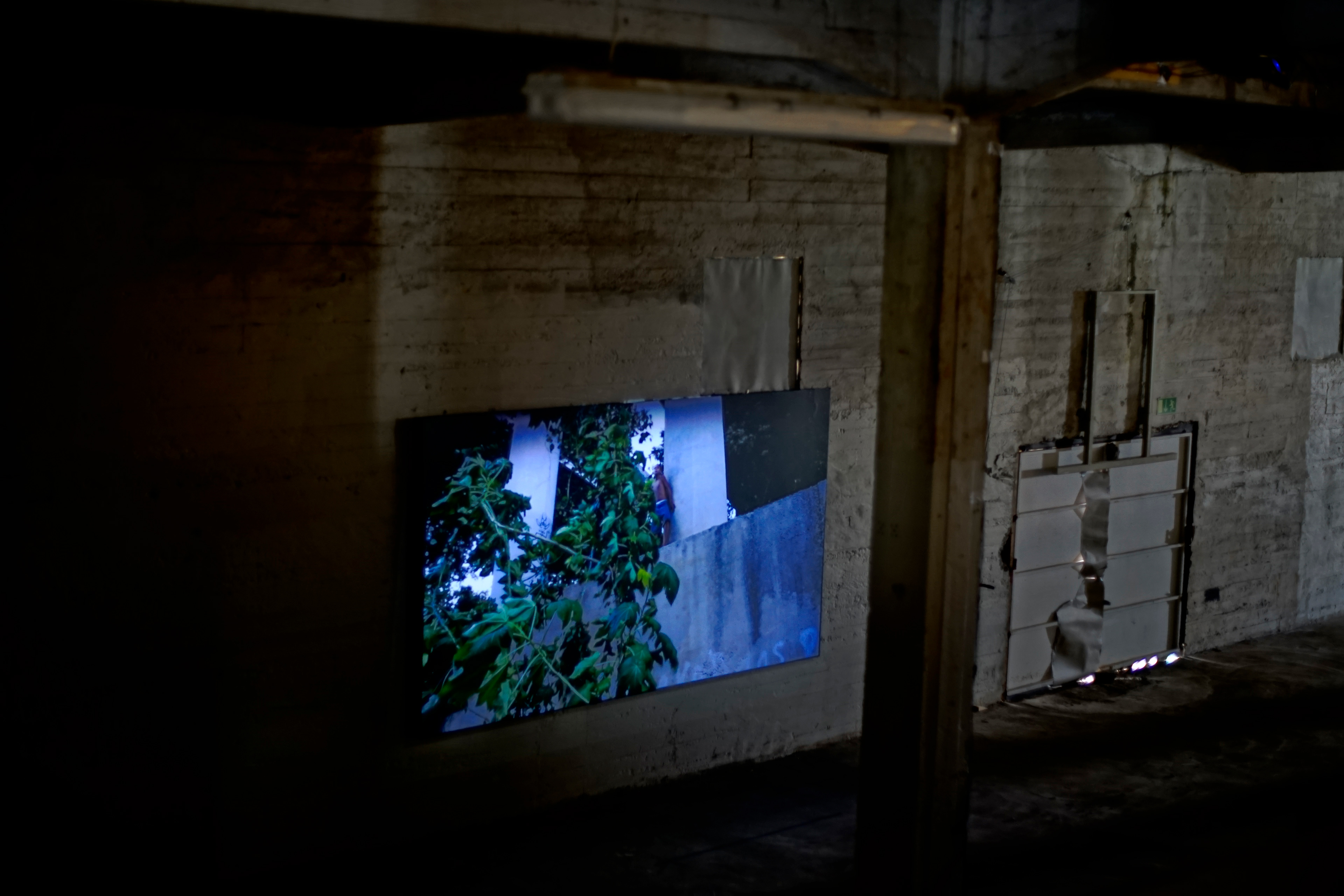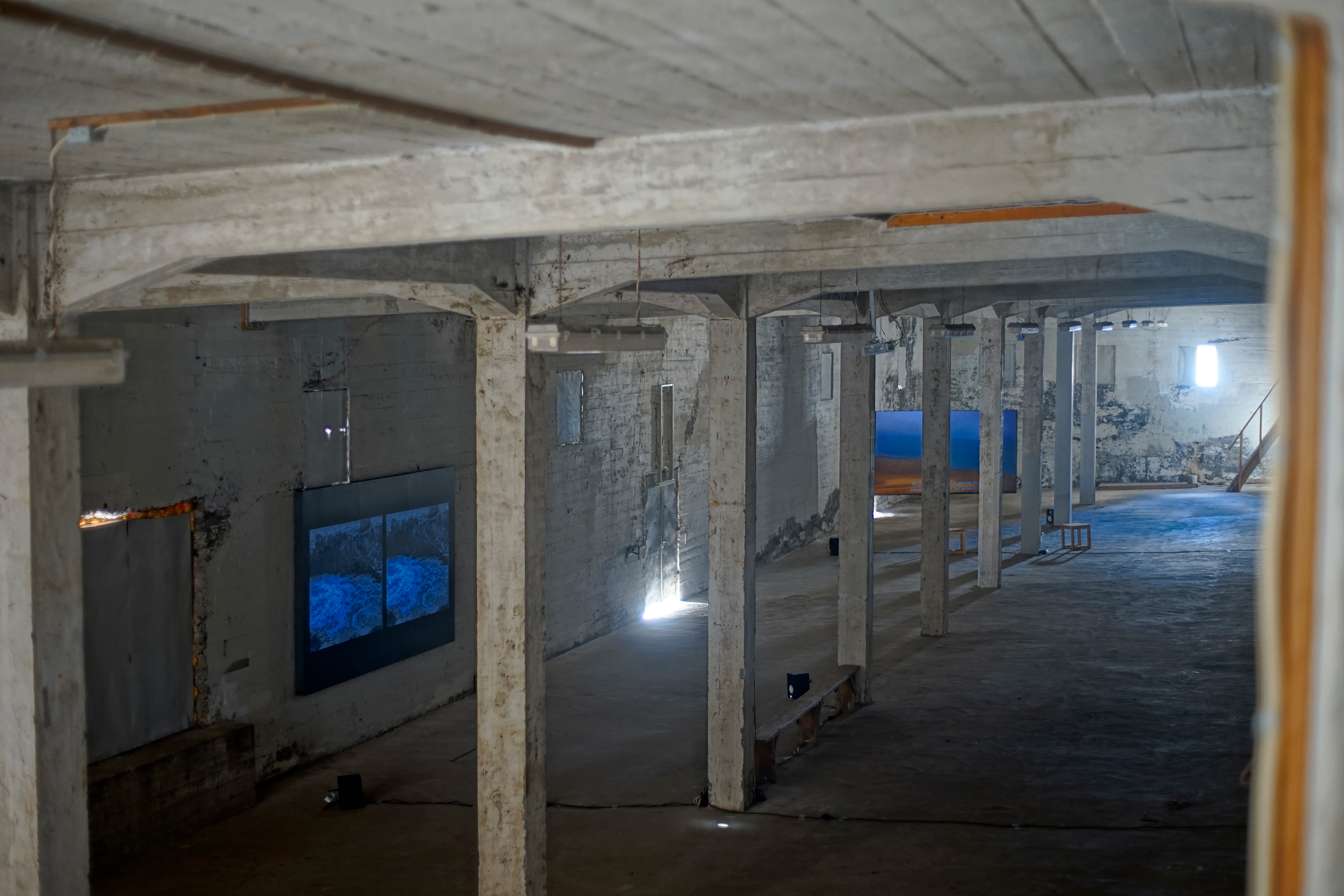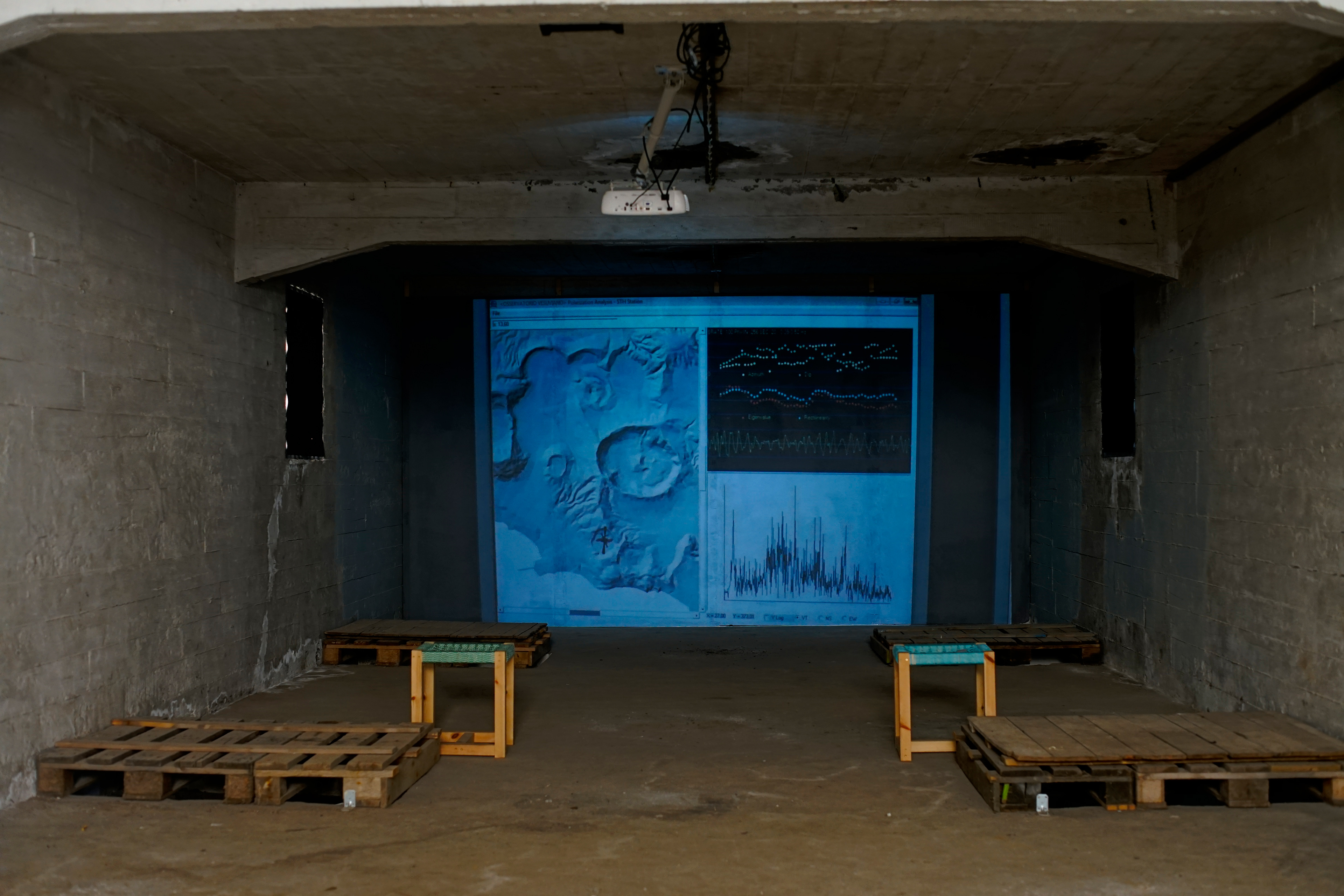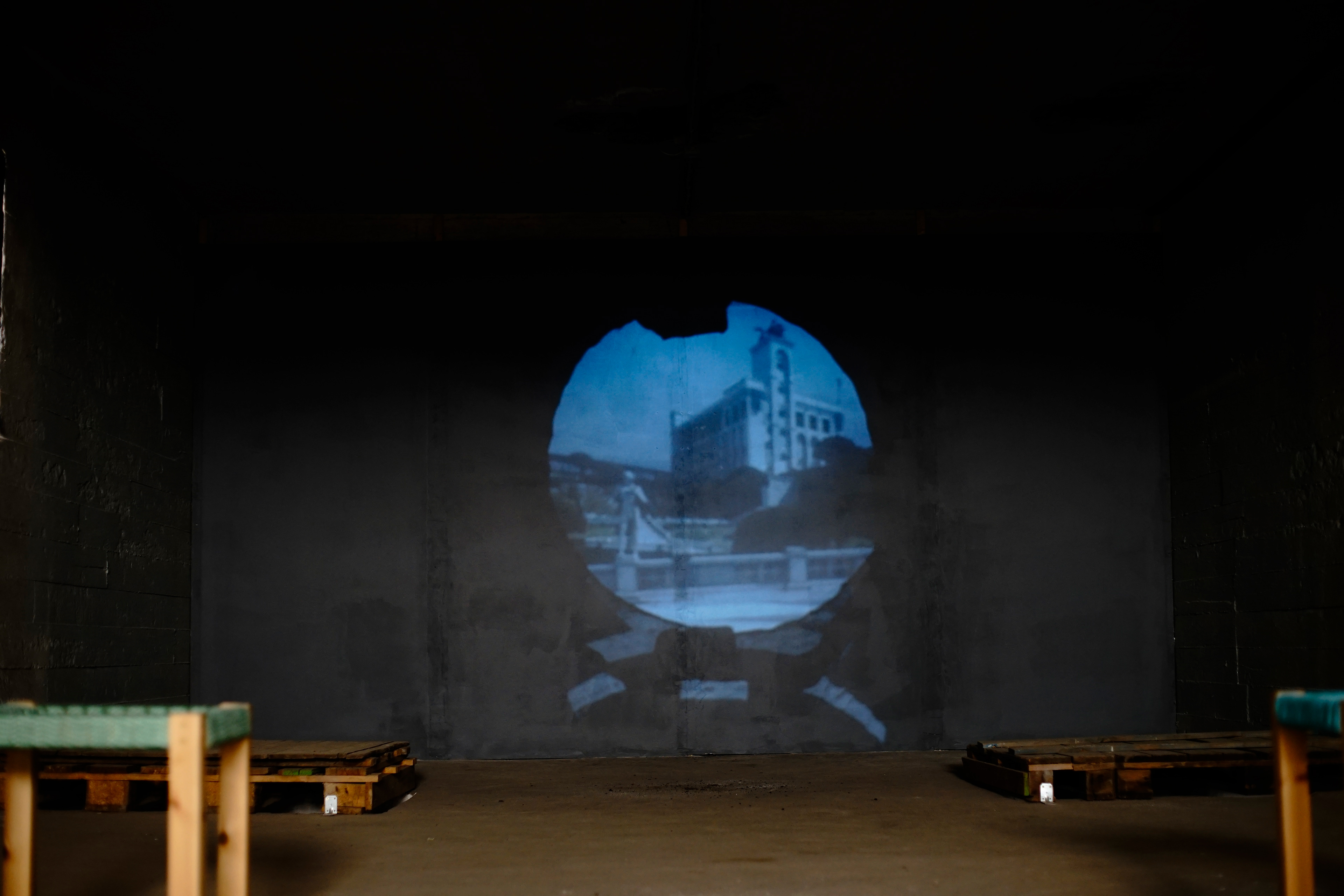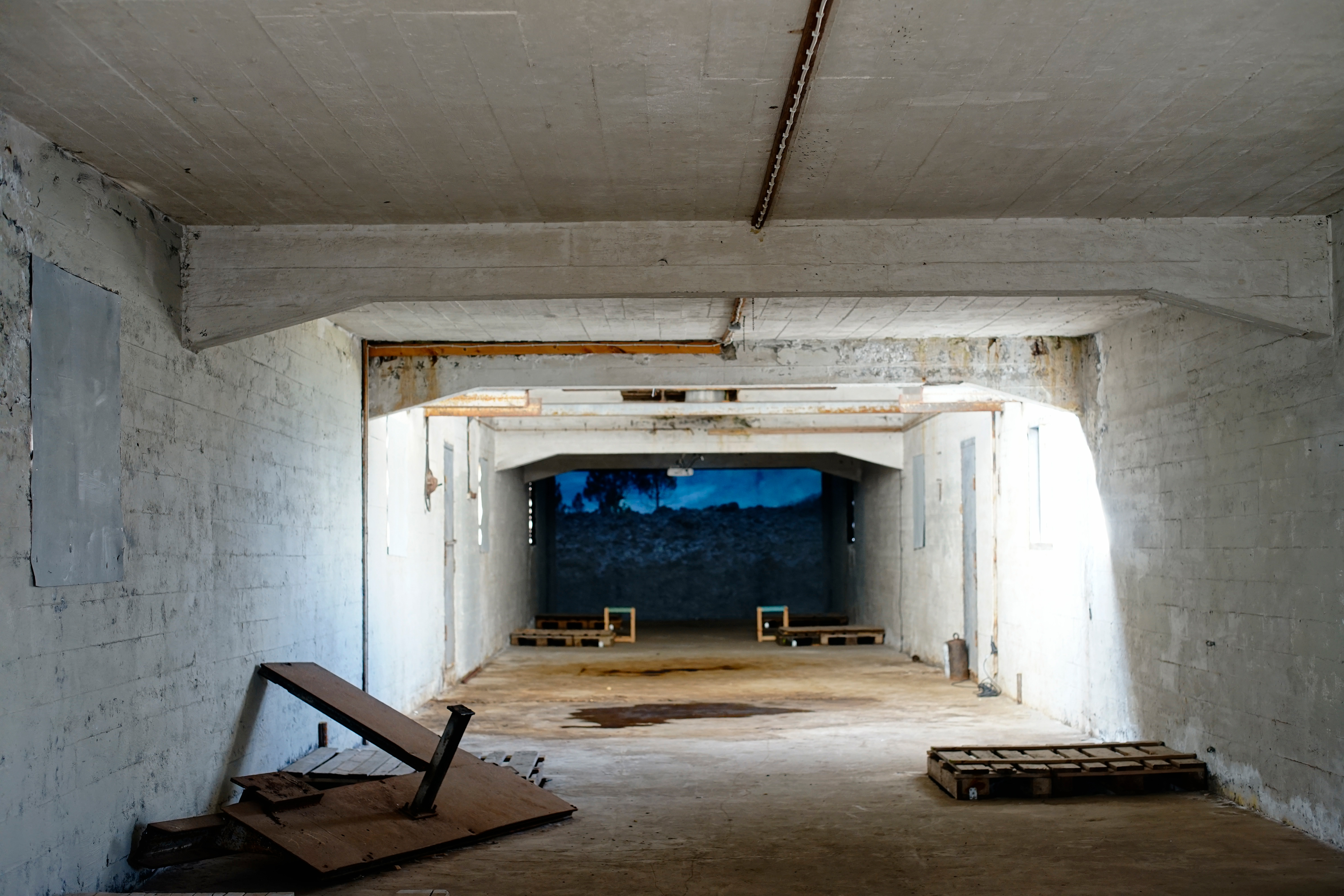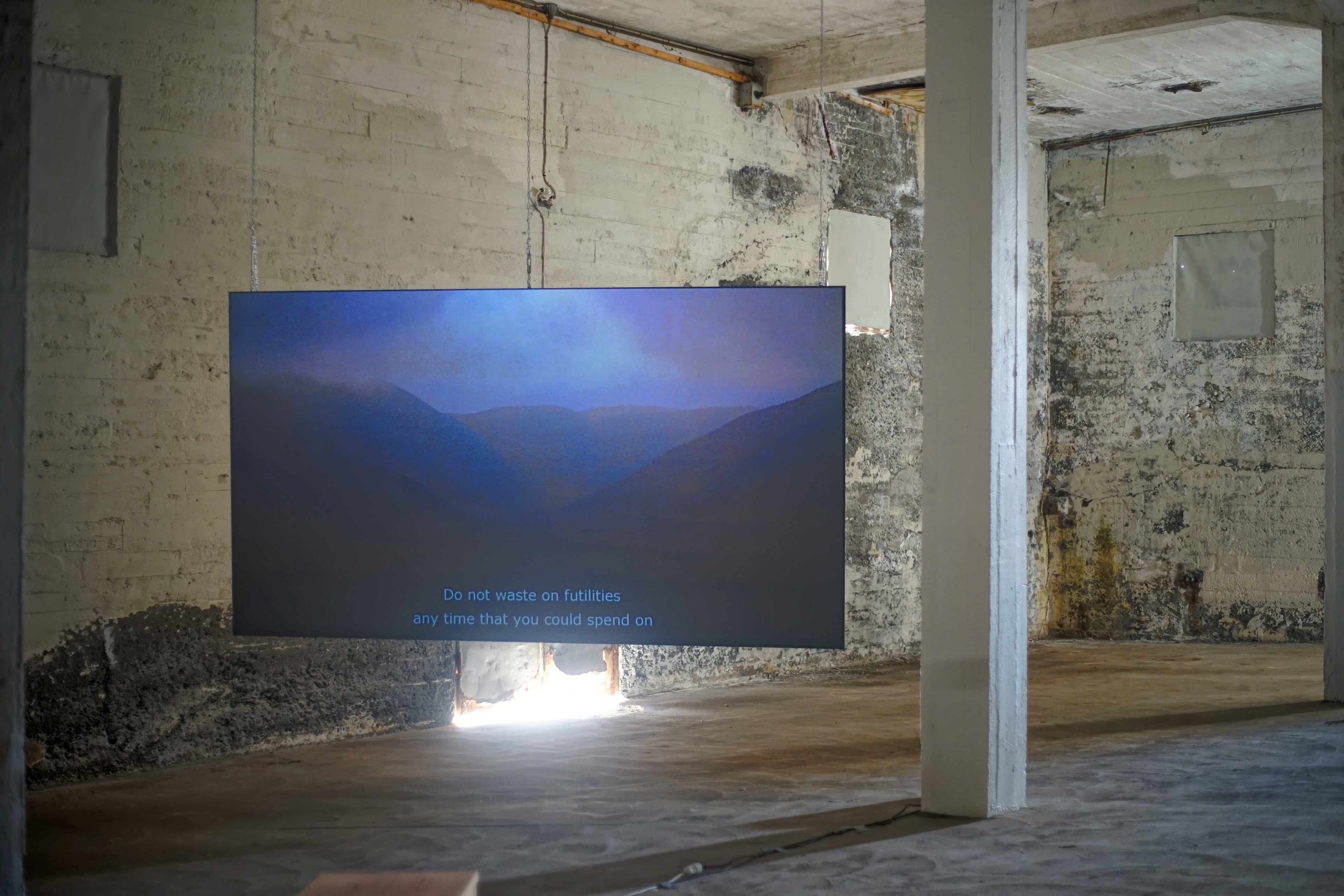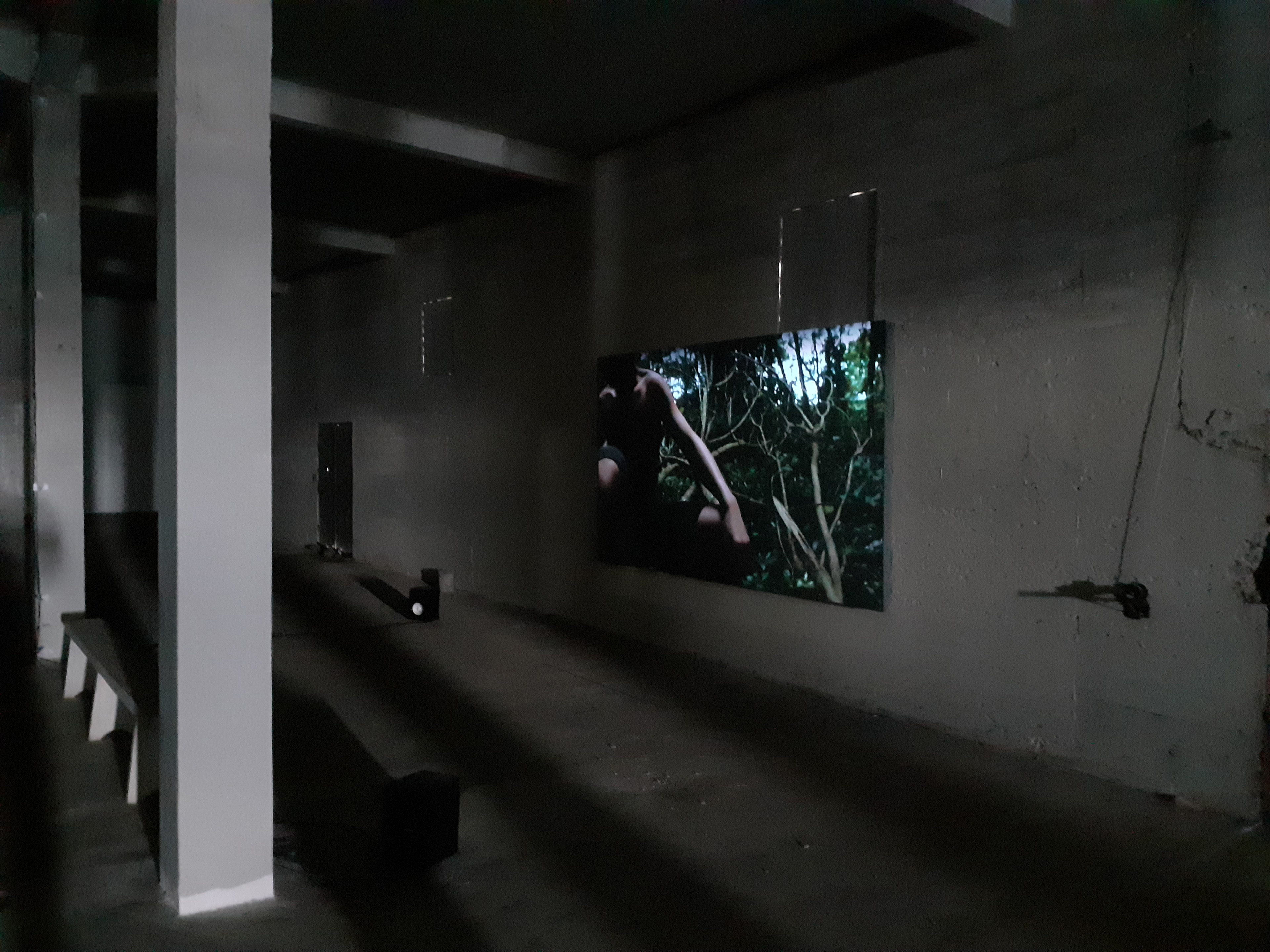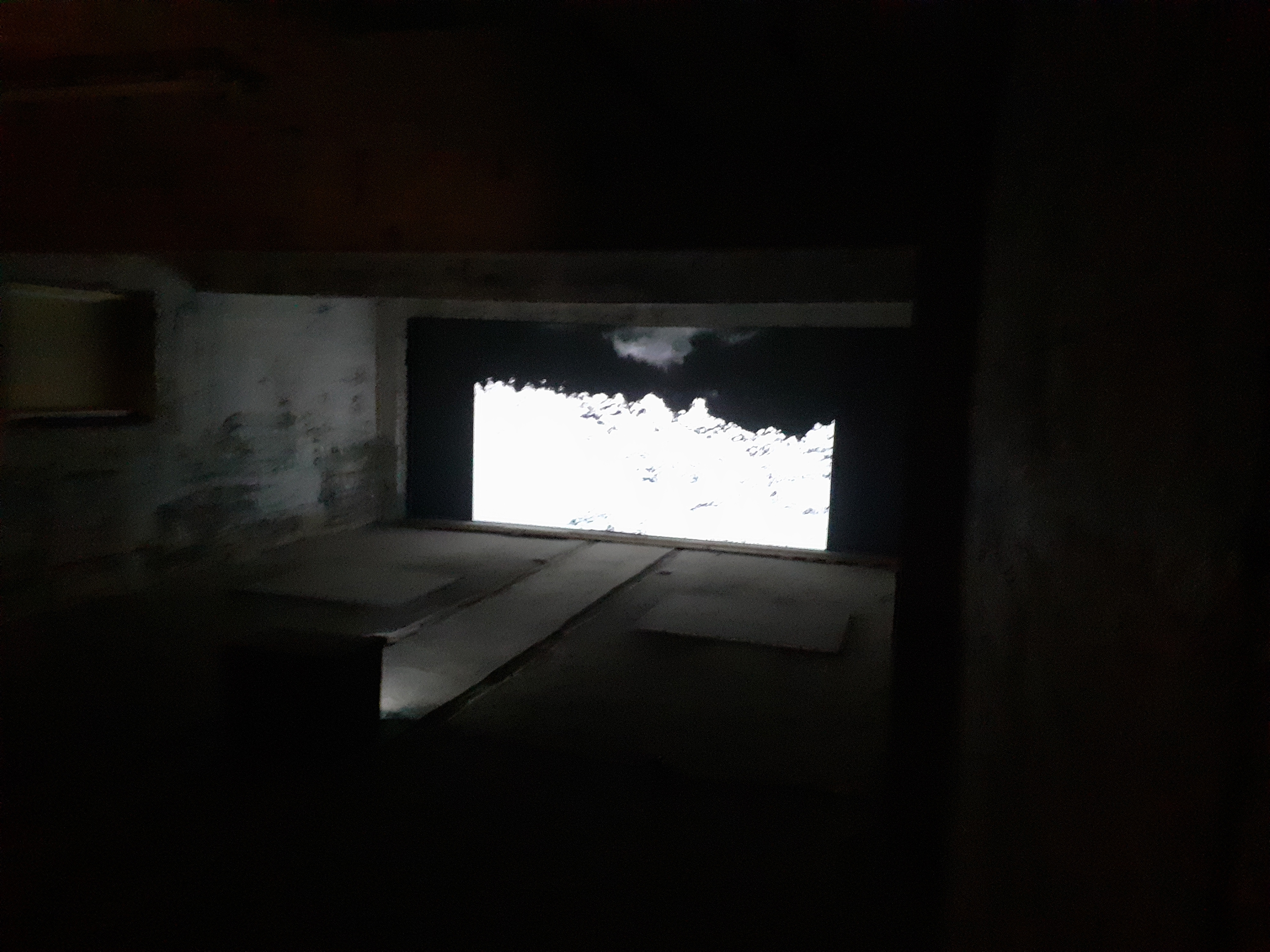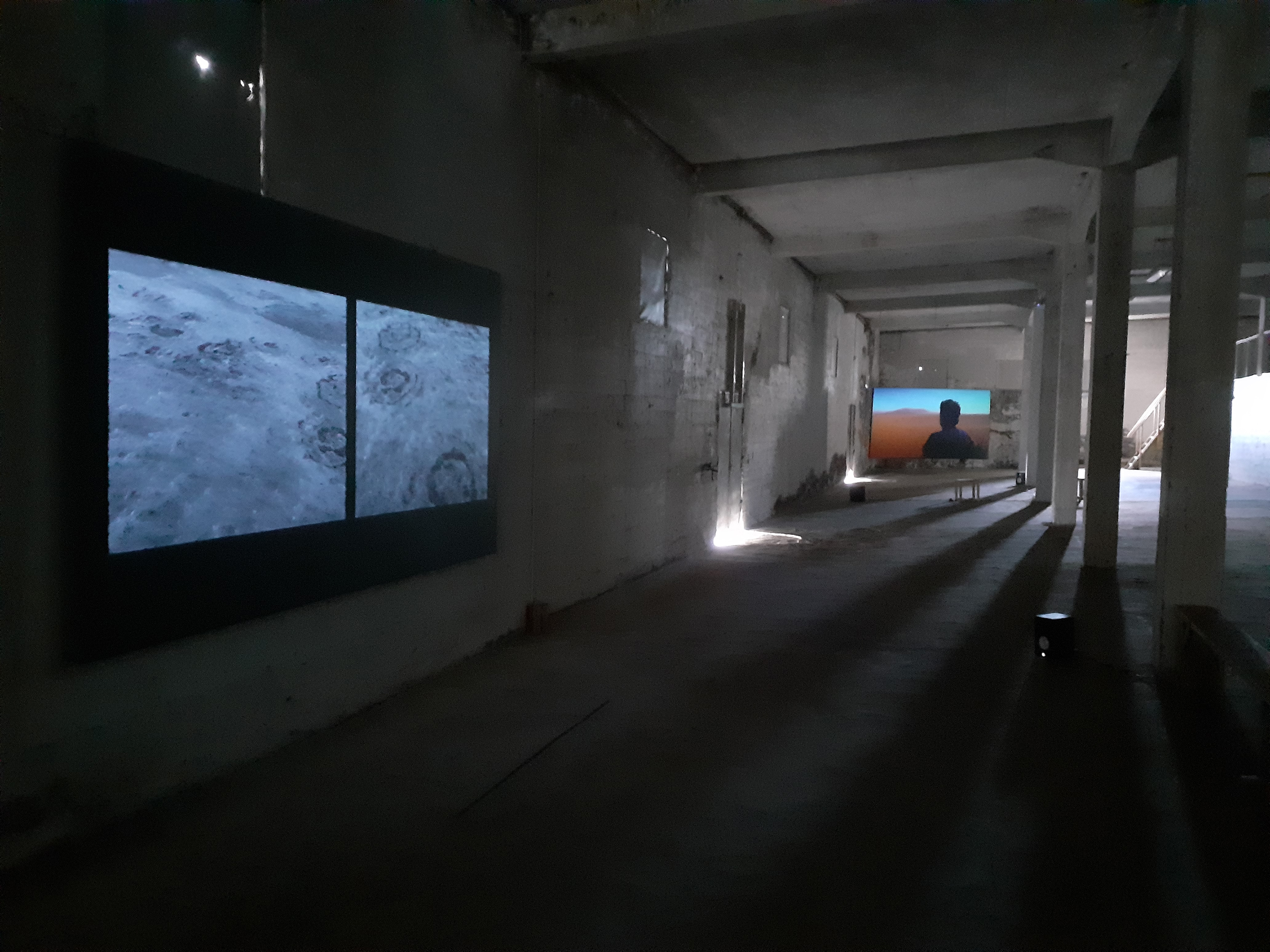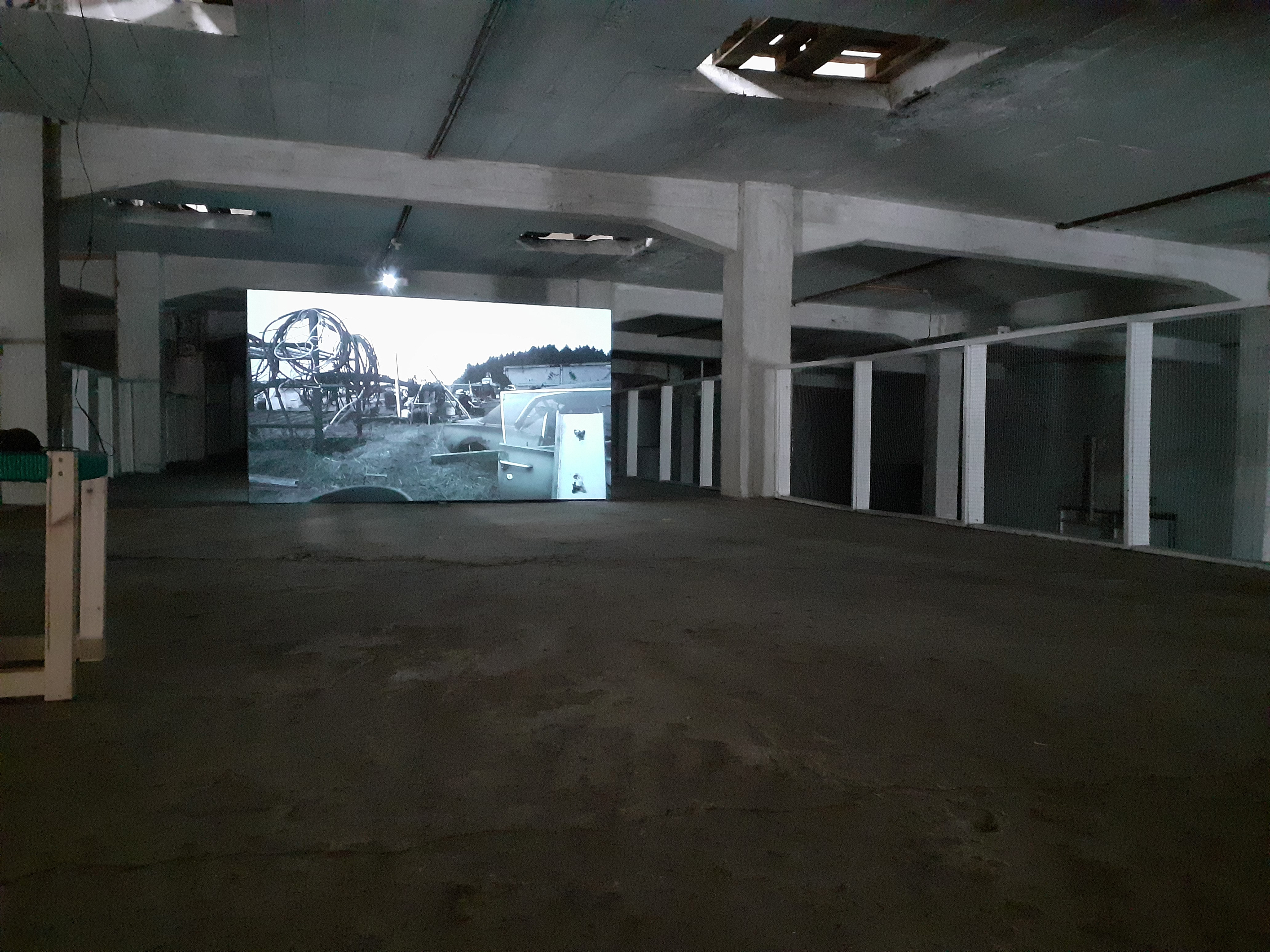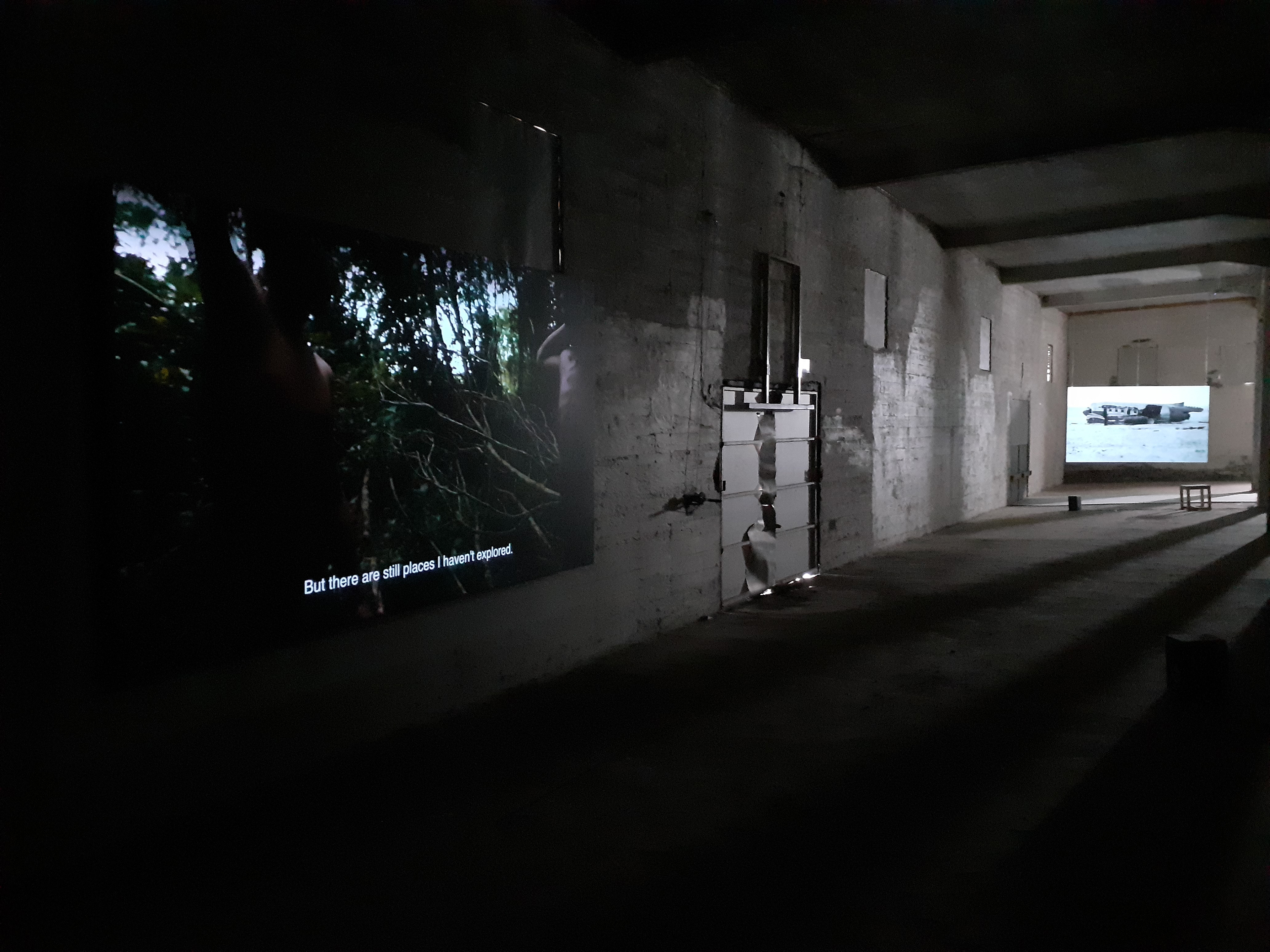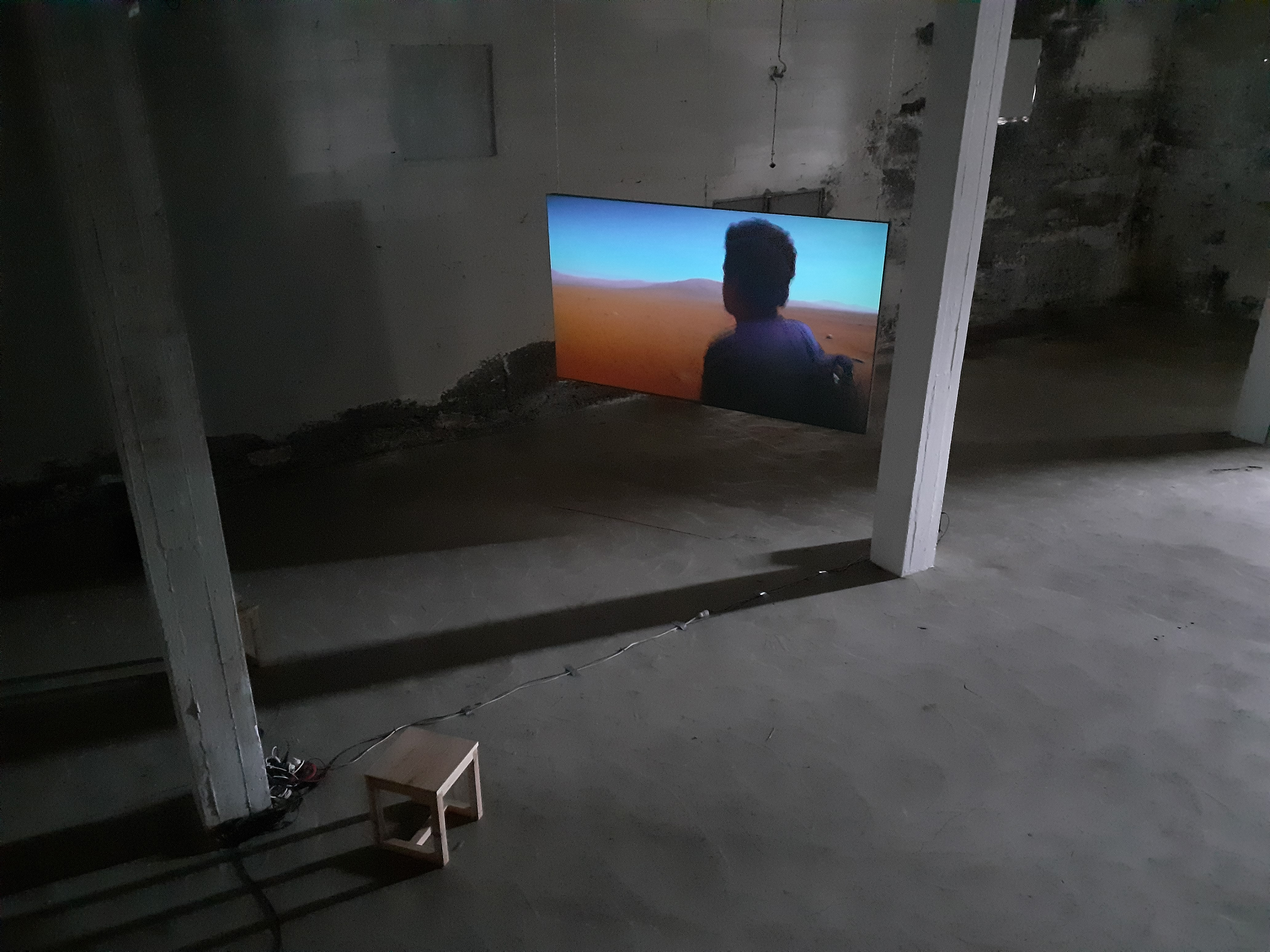30,05 / 19.07 2020
ÞEGAR NÓTTIN ER Á ENDA KEMUR DAGUR
Artists and films / Listamenn og verk:
Maya Schweizer - Insolite
Jean-Jacques Martinod La bala de Sandoval
Beatriz Santiago Muñoz - La Cueva Negra
Þorbjörg Jónsdóttir - Time Like Water
Gústav Geir Bollason/Clémentine Roy - Carcasse
Mark W. Preston - The Distinction between the Past and the Future
Lorena Zilleruelo - La Traversée
Curators / Sýningarstjórar: Þorbjörg Jónsdóttir, Gústav Geir Bollason
To Werner Herzog, cinema must seek to attain “illumination”— particularly through hypnosis— as he reiterates in his Minnesota Declaration: Truth and Fact in Documentary Cinema, Lessons of Darkness (1999). According to Herzog, truth is a construct and a path through hallucinations, magic, and dreams, all of which function as operative tools. His conception of “anthropological cinema” strives for an open approach to anthropological reality by breaking down the walls that separate categories such as objectivity, identity, naturalism, reason, fiction, and documentaries. Indeed, for him, cinema constitutes the twentieth century’s instrument of vision as well as a realistic fantasy, a fluid universe in which time is also fluid. Herzog has conceived a kind of aesthetic platform that gives cinema the allegorical mission of attaining profound truth through the “creation, stylization, and operation of the imagination.” Such is also the aesthetic platform illustrated by the films presented in the exhibition After the End of the Night Comes the Day. These works in motion define unfinished trajectories and flights and fragments of ephemeral illuminations.
//
Samkvæmt Werner Herzog á kvikmyndalistin að stefna að „uppljómun“, einkum með dáleiðslu, og það ítrekar hann í Minnesóta-manifestóinu (Minnesota Declaration: Truth and Fact in Documentary Cinema, Lessons of Darkness, 1999). Sannleikurinn, segir Herzog, er smíði, ferli, sem styðst við ofskynjanir, töfra og drauma. Hugmynd hans um „mannfræðilega kvikmyndagerð“ miðar að opinni nálgun á mannfræði raunveruleikans með því að afnema mörk á milli hlutlægni, sjálfsmyndar, natúralisma, skynsemi, skáldskapar og heimildamyndar. Í augum Werners Herzog er kvikmyndalistin einmitt þetta sjóntæki 20. aldarinnar, raunsæisfantasía, fljótandi heimur þar sem tíminn flæðir. Herzog hefur mótað eins konar fagurfræði þar sem kvikmyndalistin fær það allegoríska hlutverk að róa á hin djúpu mið sannleikans með „sköpun, stílfærslu og notkun ímyndunaraflsins“. Þessi fagurfræði á einnig við um þær kvikmyndir sem sýndar eru á Þegar nóttin er á enda kemur dagur. Hreyfing þeirra myndar ferla, slóðir, flóttaleiðir sem gufa upp, brot hverfullar uppljómunar.
//
Après la fin de la nuit, le jour Si pour Werner Herzog, le cinéma doit tendre vers «l'illumination», en passant par l'hypnose notamment, comme il le réaffirme dans sa Déclaration du Minnesota: vérité et fait dans le cinéma documentaire. Leçons de ténèbres (1999), la vérité est selon le cinéaste une construction, un cheminement, à travers l'hallucination, la magie, le rêve revendiqués comme des outils opératoires. Sa conception d'un «cinéma anthropologique» vise une approche ouverte de l'anthropologie du réel, par dés-identification des catégories étanches d'objectivité, d'identité, de naturalisme, de raison, de fiction et de documentaire. Pour Werner Herzog, le cinéma constitue bien cette machine de vision qui habite le XXème siècle, constituée comme une fantaisie réaliste, un univers fluide, mettant en œuvre un temps fluide. Le cinéaste a conçu une sorte de programme esthétique qui assigne au cinéma la mission – déclinée sur un mode allégorique- d'atteindre à la vérité profonde par « fabrication, stylisation, et mise en œuvre de l'imagination». Tel est aussi le programme esthétique des films présentés dans l’exposition Après la fin de la nuit, le jour. Le mouvement de ces œuvres définit des trajectoires, des échappées inabouties, des fragments d’ illumination éphémères.
Pascale Cassagnau
